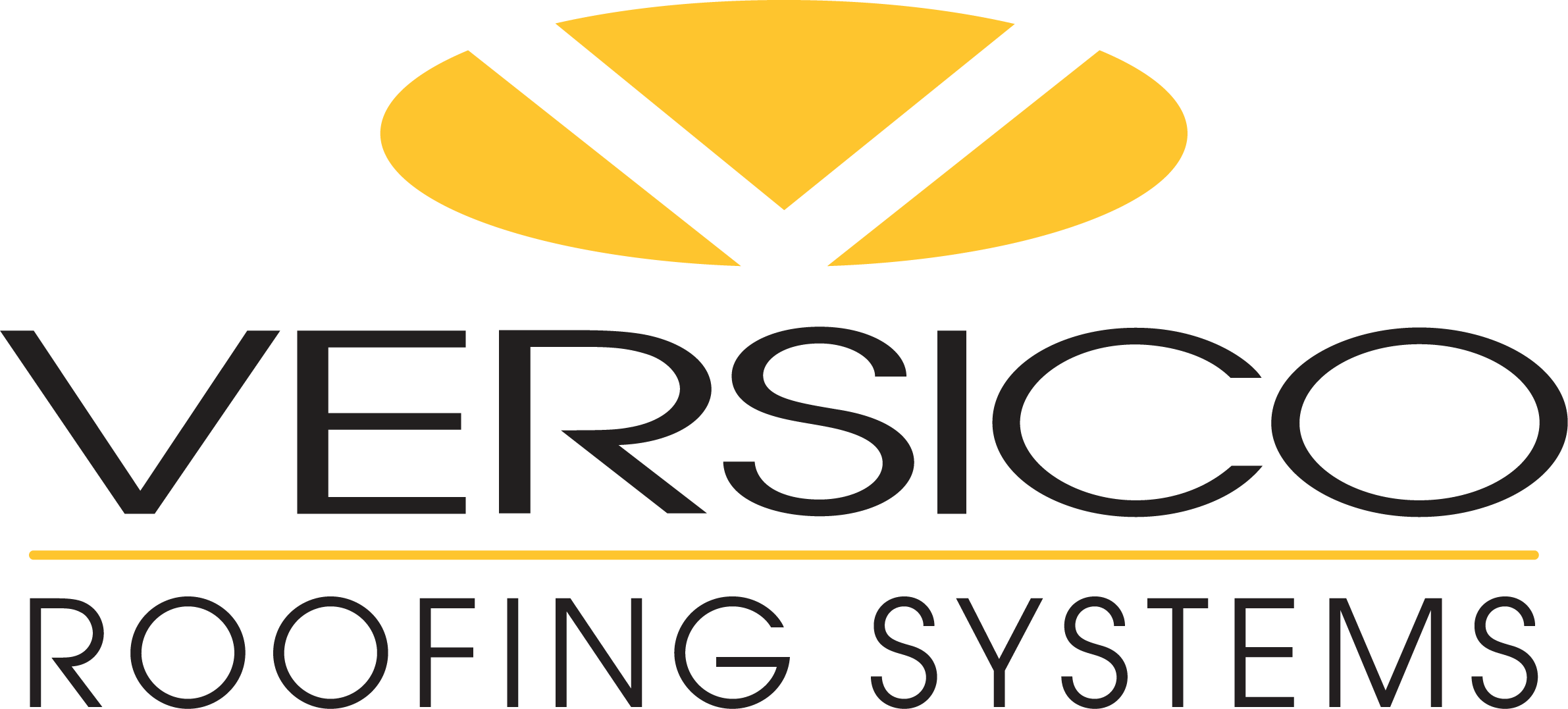VacuSeal Job Start Up – What I Learned
VacuSeal Vent Secured Roofing Systems utilize special vents that harness the power of the wind to lock roof membranes in place. These systems can provide cost and labor savings, as the system substantially reduces the amount of glue, ballast, and fasteners required for a project. In addition, this system has no cold weather limitations and no VOCs or odors, providing additional benefits.
Earlier this year, John Hepp, a Field Service Representative for Versico Roofing Systems, attended a job start up for a VacuSeal system installation in Virginia and provided his perspective on the installation and system overall.
Have you been on any VacuSeal jobs before?
I’ve been on a few VacuSeal jobs in the past, but it’s always been for final inspection. All the previous jobs had been along the coast, so my previous opinion was that it was a niche system for high wind zones. I also thought it was a fairly complicated system to install, which I quickly learned this was not the case.
What did you learn from being on the VacuSeal job from the beginning of installation?
Watching the system being installed, I realized it really was not a complicated system to install. There are almost no fasteners, so the cover board installation was very quick. Jeremy, a representative from V2T, assisted the roofers in ensuring all the penetrations and walls were airtight. He then helped them place the distribution strips and mark the vent locations.
What was your main takeaway from being on the job-start for the VacuSeal system?
My main takeaway was that with a little guidance, it’s an easy system to install. VacuSeal eliminates the majority of fasteners and there’s no temperature restrictions for cold weather. It was also good to meet Jeremy and learn from his experience.
If you would like more information about the VacuSeal Vent Secured Roofing System, reach out to your Versico Independent Sales Representative or to Alex Drescher, Versico’s VacuSeal Product Manager.
Earlier this year, John Hepp, a Field Service Representative for Versico Roofing Systems, attended a job start up for a VacuSeal system installation in Virginia and provided his perspective on the installation and system overall.
Have you been on any VacuSeal jobs before?
I’ve been on a few VacuSeal jobs in the past, but it’s always been for final inspection. All the previous jobs had been along the coast, so my previous opinion was that it was a niche system for high wind zones. I also thought it was a fairly complicated system to install, which I quickly learned this was not the case.
What did you learn from being on the VacuSeal job from the beginning of installation?
Watching the system being installed, I realized it really was not a complicated system to install. There are almost no fasteners, so the cover board installation was very quick. Jeremy, a representative from V2T, assisted the roofers in ensuring all the penetrations and walls were airtight. He then helped them place the distribution strips and mark the vent locations.
What was your main takeaway from being on the job-start for the VacuSeal system?
My main takeaway was that with a little guidance, it’s an easy system to install. VacuSeal eliminates the majority of fasteners and there’s no temperature restrictions for cold weather. It was also good to meet Jeremy and learn from his experience.
If you would like more information about the VacuSeal Vent Secured Roofing System, reach out to your Versico Independent Sales Representative or to Alex Drescher, Versico’s VacuSeal Product Manager.
Up Next
September 02, 2021
Selecting a Single-Ply Membrane
There are several single-ply membranes on the market, and all are fundamentally different products due to their chemistry. So how do you choose? What are the differences?
August 19, 2021
Moisture in Roofing – Thermal and Moisture Scans
When a commercial roof receives annual maintenance or inspections, you're more likely to find trouble before it starts, such as clogged drains, storm damage, and/or compromised seams or flashing. But what happens when a roof leak develops on a roof that hasn't been inspected in years? Where do you start?
August 05, 2021
Paper Faced vs Coated Glass Faced Polyiso
Not all facers are created equal. Our insulation product specialist breaks down the difference between paper- and glass-coated facers.
